Built in the 1920s in the interwar Beaux Arts style, this beautiful building was first utilised as a gathering place for the First Church of Christ Scientists.
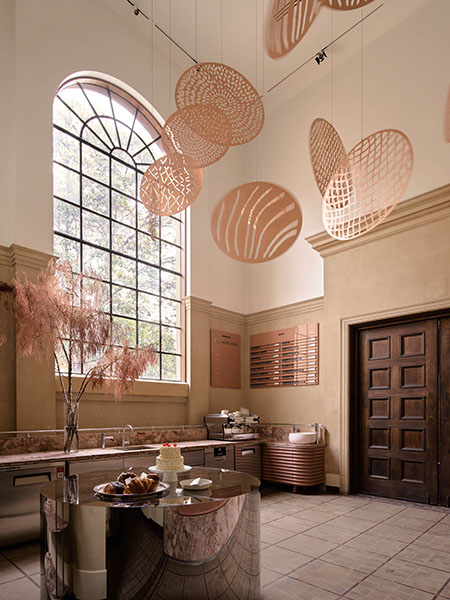
In the 1980s it was purchased by a private developer and transformed into his own private residence. Private ownership limited public viewing and access to the structures and grand interiors of the past.
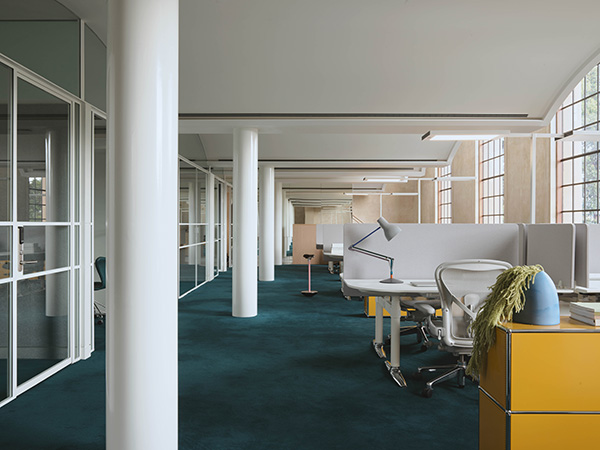
SJB sensitively adapted the building to offer flexible spaces to meet a range of functions - from a gallery and event space displaying indigenous artists work, to meeting rooms, breastfeeding rooms and incubator hubs that would accommodate and support ethical start-ups.
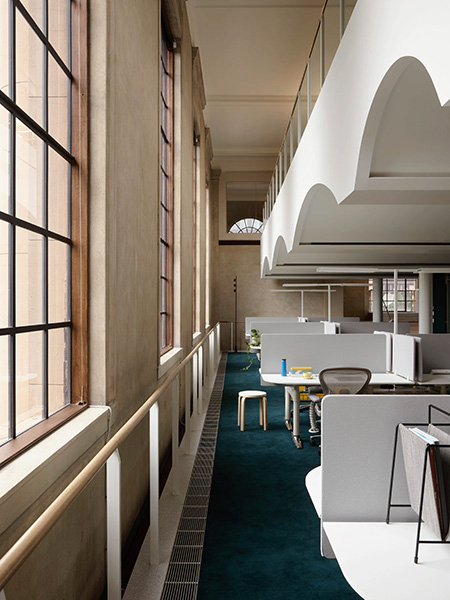
The site now accommodates everyone, with a focus on accessibility, public engagement, diversity and connecting to country. The latter was achieved by engagement with elders of the land such as Uncle Badger Bates who weaved dreamtime stories into the new narrative of the building. This is experienced throughout the building, including the front gates which were designed by Uncle Badger Bates.
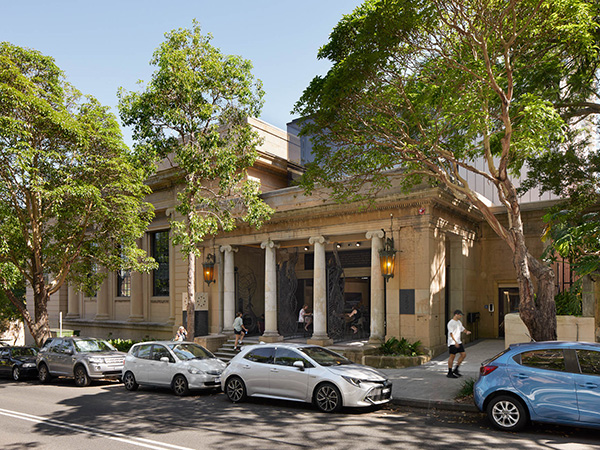
Considerable effort was invested in upgrading the structure, including raising the auditorium's floor to create underground parking, thereby contributing to the reduction of cars on the streets and enabling the building's future usability.
The rooftop features 50 photovoltaic panels, empowering the building to generate its own energy while also feeding excess power back into the grid. In selecting furniture, longevity was a key consideration, ensuring that the pieces will endure over time.
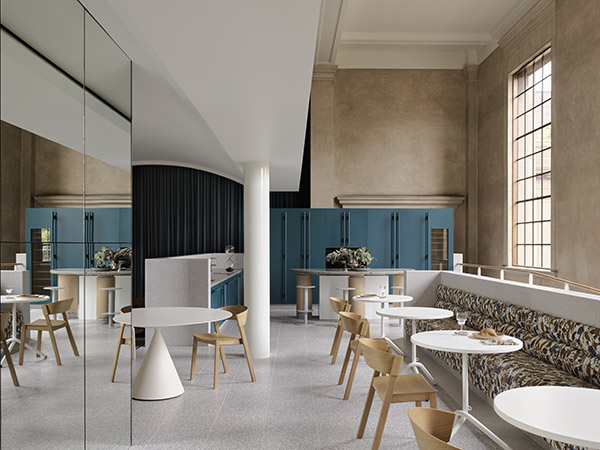
The spaces within Yirranma Place have been thoughtfully designed to be flexible, accommodating various uses. For example, the grand hall can seamlessly transform into five event modes, including gallery mode, lecture mode, and theatre mode, ensuring the building remains adaptable for future purposes.
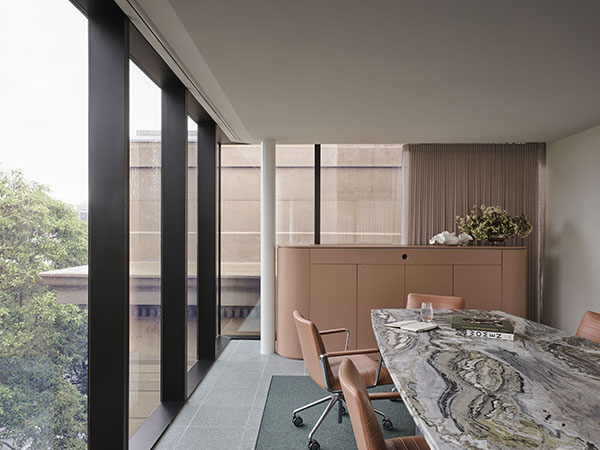
Existing functions of the building are treated sensitively so they can be enjoyed by current and future generations, offering fascinating glimpses into the building’s past uses. Many presented challenges to modern ESD requirements and all are successfully resolved in the completed development.
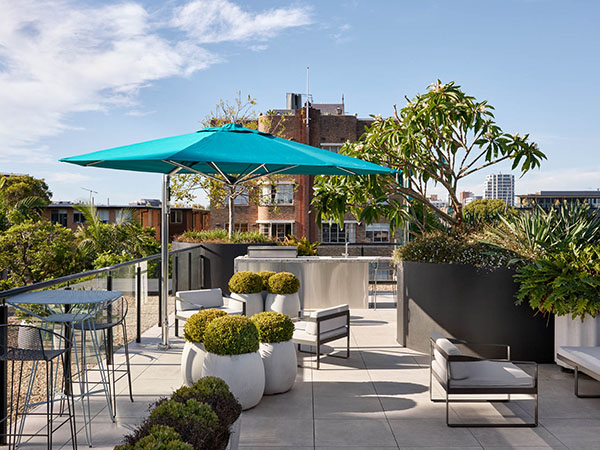
All the sustainable products used in this build
- 50 x Photovoltaic panels
- Re-use of original timber pews throughout spaces
- Re-use of timber parquetry floors
- Re-use of existing porcelain floors
- Retaining the existing fabric as envelope and meticulously repairing to ensure its continued longevity
- Recycled hidden timbers in old ceiling voids to become framed features in ceilings
- Re-used filigree ceiling features in the GrandHall
- Re-used heritage signage
- Re-conditioned old external lamps to be operational again
- Re-aligned old timber floors as opposed to its removal to become ramp grade compliant
- Recycled terrazzo
- Recycled fabric
- Recycled Content in Carpet
- Locally made furniture
- Specification of local Australian stones such as the board room table stone
- Passive cooling - cross flow ventilation by way of introduction of internal courtyards to level 02.
- Electric appliances only to catering kitchen (no gas)
- Supporting local artists, designers, and artisans– giving back to our local economy
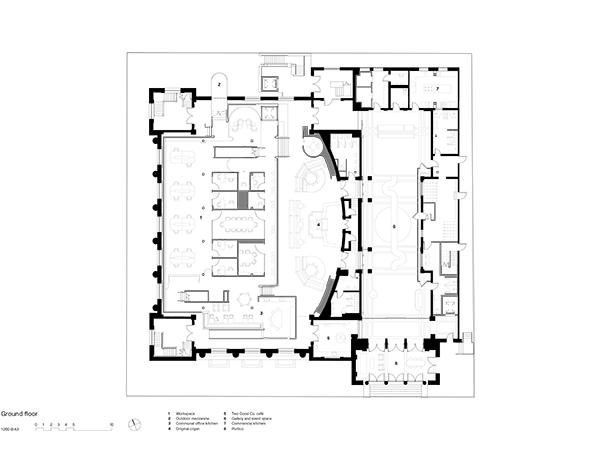

Several key learnings have emerged from this project that will guide sustainable design practices going forward.
Firstly, understanding occupant tolerance levels from a business perspective has been crucial in setting appropriate air conditioning levels. This knowledge allows for more efficient energy usage and ensures occupant comfort without unnecessary energy consumption.
Collaborating with energy consultants has been instrumental in devising clever solutions when working with heritage and sensitive fabric. This partnership ensures that sustainability goals are met while respecting the historical significance of the building.
The project has given us a better understanding of the importance of going beyond minimum requirements when incorporating sustainable features. For instance, the inclusion of solar panels provides a renewable energy source and reduces reliance on conventional power grids.
Anticipating future energy-saving government initiatives, the project has emphasized the establishment of necessary services during the initial heritage works phase. This proactive approach ensures compliance with upcoming regulations, such as the 2030 Net Zero Carbon emissions target.
Flexibility in design has been another valuable lesson from Yirranma Place. Designing spaces that can accommodate various uses and adapt to future variations enhances the longevity and functionality of the building.
Engaging the client early in the process and garnering their financial and emotional investment has proven essential to achieving sustainable and culturally significant outcomes. Yirranma Place sets an example to the industry, demonstrating that sustainability is achievable while creating a positive impact on the environment and the community.
++%7c++SJB+%7c+Architecture+%26+Design&pu=/projects/cultural-entertainment-sports/yirranma-place-adaptive-reuse-winner-at-the-2023&pt=_Project)
++%7c++SJB+%7c+Architecture+%26+Design&pu=/projects/cultural-entertainment-sports/yirranma-place-adaptive-reuse-winner-at-the-2023&pt=_Project)